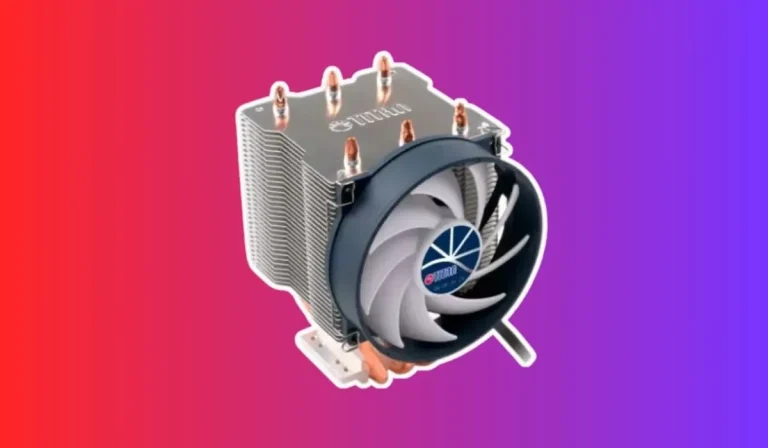Can thermal paste damage the motherboard?
Can thermal paste damage the motherboard?
Meta Description
“Discover the truth about thermal paste and its impact on your motherboard. Learn how to apply it safely and avoid potential damage. Read now!”
Introduction
Are you curious about the mysterious substance called thermal paste and its role in your computer’s performance? Look no further! In this blog post, we will demystify thermal paste and explain why it is crucial for your computer’s health. We’ll also provide a quick overview of the application process.
Does Thermal Paste Pose a Risk to the Motherboard?
Purpose of Thermal Paste
Thermal paste is a heat-conductive material that is applied between the CPU (Central Processing Unit) and the heat sink. Its main purpose is to fill in the microscopic gaps and imperfections on the surfaces of the CPU and heat sink, ensuring maximum contact and efficient heat transfer.
By facilitating the dissipation of heat, thermal paste helps to prevent thermal throttling and overheating, which can lead to performance issues and potentially damage the CPU.
Non-Conductive Nature
Contrary to popular belief, thermal paste is not a corrosive substance that can harm the motherboard. It is typically made of non-conductive materials, such as silicone or ceramic, which means it does not conduct electricity. This property is crucial in preventing short circuits and electrical damage to the motherboard.
That being said, it’s important to apply thermal paste correctly to avoid any accidental spillage or excess paste coming into contact with sensitive motherboard components. Care should be taken during the application process to ensure that only the CPU and heat sink are in contact with the thermal paste. Cleaning any excess paste that might have spread beyond the CPU area is essential to prevent any potential issues.
Factors to Consider When Applying Thermal Paste
Proper Application Techniques
Applying thermal paste correctly is crucial for effective heat transfer and to prevent any unnecessary damage. Start by cleaning the CPU and heat sink surfaces thoroughly to remove any old or excess thermal paste. Use isopropyl alcohol and a lint-free cloth or cotton swab for this purpose.
Next, apply a small amount of thermal paste onto the center of the CPU surface. It is important to remember that less is more in this case. Too much thermal paste can lead to excessive heat buildup and poor performance. Aim for a thin, even layer that covers the entire surface of the CPU when the heat sink is attached.
Choosing the Right Amount of Thermal Paste
Determining the right amount of thermal paste to use can be a bit tricky. As mentioned earlier, applying too much paste can cause issues, while too little may result in insufficient heat transfer. It is generally recommended to use a pea-sized or rice grain-sized amount of thermal paste for most CPUs. This should be enough to ensure proper coverage without overdoing it.
Quality of Thermal Paste
Choosing a high-quality and non-conductive thermal paste is essential to prevent any potential damage to the motherboard. Look for thermal pastes that are specifically designed for computer systems and have good thermal conductivity ratings. Reading reviews and seeking recommendations from trusted sources can help you make an informed decision.
Can Incorrect Application of Thermal Paste Damage the Motherboard?
Electrical Conductivity and Short Circuits
One of the primary concerns when applying thermal paste is the risk of electrical conductivity and the possibility of short circuits. Suppose thermal paste comes into contact with sensitive components on the motherboard, such as capacitors or resistors. In that case, it can cause a short circuit, leading to damage or even complete failure of the motherboard.
To prevent this, it is crucial to apply the thermal paste only on the CPU surface and ensure that it does not spread beyond the immediate area. Taking precautions, such as using a non-conductive thermal paste and cleaning up any excess paste carefully, can significantly reduce the risk of electrical damage.
Thermal Paste Overflow and Clogging
Another potential risk associated with incorrect application is the overflow of thermal paste onto other parts of the motherboard. If excess thermal paste spreads beyond the CPU area and comes into contact with connectors, slots, or other sensitive components, it can cause clogging or interfere with the proper functioning of these parts.
To prevent thermal paste overflow, it is important to apply an appropriate amount, ensuring it covers the CPU surface without excess spreading. Additionally, cleaning any excess paste that might have accidentally spread beyond the CPU area can help mitigate the risk of clogging or interference.
FAQ’s
1. Can using too much thermal paste damage the motherboard?
No, using too much thermal paste is unlikely to directly damage the motherboard. However, excessive application can lead to poor heat transfer and potentially cause overheating issues.
2. Is it safe to use conductive thermal paste on the motherboard?
No, it is not recommended to use conductive thermal paste on the motherboard. Conductive thermal paste can potentially cause short circuits and damage sensitive components on the motherboard.
3. Does thermal paste corrode the motherboard over time?
No, the thermal paste itself does not corrode the motherboard. However, if the thermal paste becomes dried or hardened over time, it may lose its effectiveness and require reapplication.
4. Can spilled thermal paste cause permanent damage to the motherboard?
Spilled thermal paste, if not cleaned properly, can potentially cause issues. If the paste comes into contact with sensitive components, it may cause short circuits or interfere with the proper functioning of the motherboard.
5. Can using low-quality thermal paste harm the motherboard?
Using low-quality thermal paste may not directly harm the motherboard, but it can result in poor heat transfer and inadequate cooling. It is recommended to use high-quality thermal paste for optimal performance and to avoid potential issues.
Conclusion
We have explored the topic of whether thermal paste can damage the motherboard. It is important to note that when used correctly, thermal paste does not pose a risk to the motherboard. By following the manufacturer’s guidelines, using non-conductive thermal paste, and applying it only on the CPU surface, you can ensure a safe and effective application.





